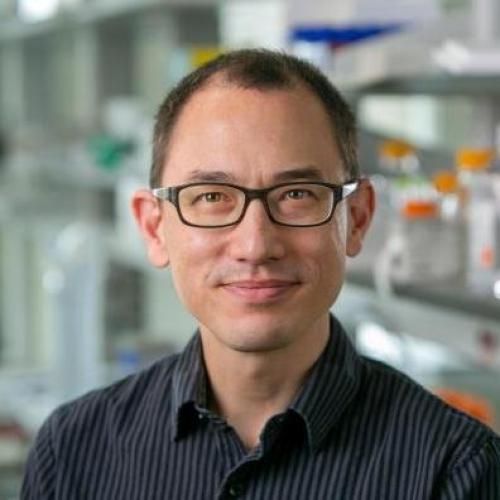Overview
Programmed cell death directly counteracts intracellular infection by eliminating compromised host cells.
Pyroptotic cell death triggered by caspase-1/11 was described in 1992, but remained a possible cell culture artifact for many years. We were the first to use in vivo animal models to demonstrate that pyroptosis clears intracellular bacteria. Pyroptosis traps the bacteria within the cellular remains while simultaneously attracting neutrophils to kill them.
Intracellular bacteria use type III secretion (T3S) to inject virulence effectors that reprogram host cells. We discovered that the NLRC4 inflammasome activates caspase-1 in response to T3S activity. The subcellular location of the detection event is of critical importance. Whereas extracellular flagellin sensed by TLR5 leads to proinflammatory transcriptional responses, we discovered that T3S-injected cytosolic flagellin triggers caspase-1 activation and pyroptosis.
Bacterial lipopolysaccharide (LPS) is the most potent immune-stimulating microbial molecule. The discovery that TLR4 detects extracellular LPS reinvigorated innate immunity research. We discovered that caspase-11 detects LPS in the mammalian cytosol. Again, the responses to LPS are drastically different depending on where the detection occurs. Extracellular LPS sensed by TLR4 drives proinflammatory transcription. Cytosolic LPS activates caspase-11 causing pyroptosis, which eradicates cytosol-invasive bacteria. However, aberrant caspase-11 activation is an extremely dangerous driver of sepsis.
We found that bona fide pathogens evade these defenses. Therefore, to study basic components of innate immunity we pioneer the use of environmental bacteria with pathogenic potential that have not adapted to evade mammalian immunity. These “pathogens” are experimental tools that reveal previously under-appreciated aspects of innate immunity. We find that environmental pathogens are useful tools with which to study the innate immune system, for example, we study pathogens such as Chromobacterium violaceum that infects patients with chronic granulomatous disease (who carry defects in the NADPH oxidase and cannot generate reactive oxygen in the phagosome).

